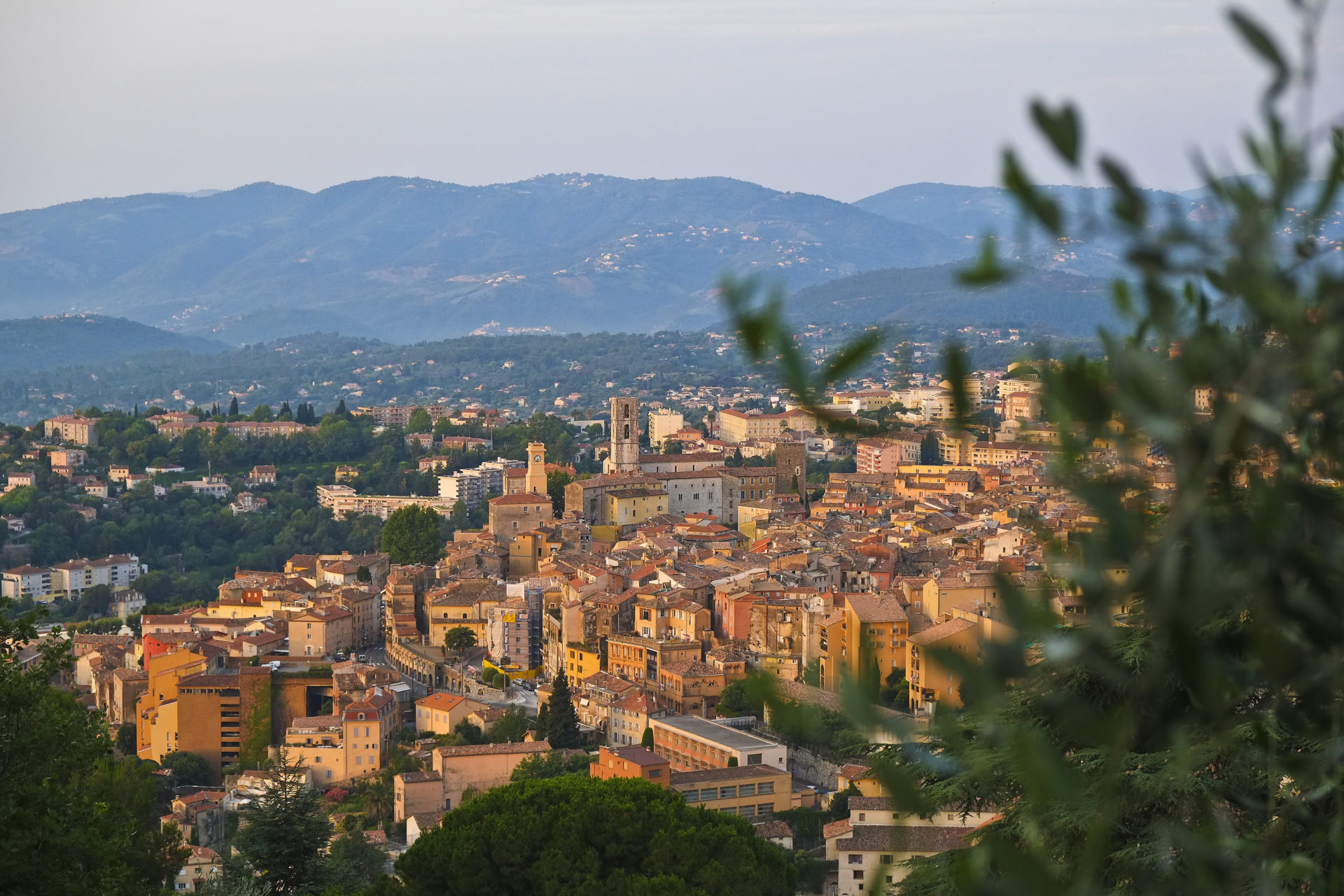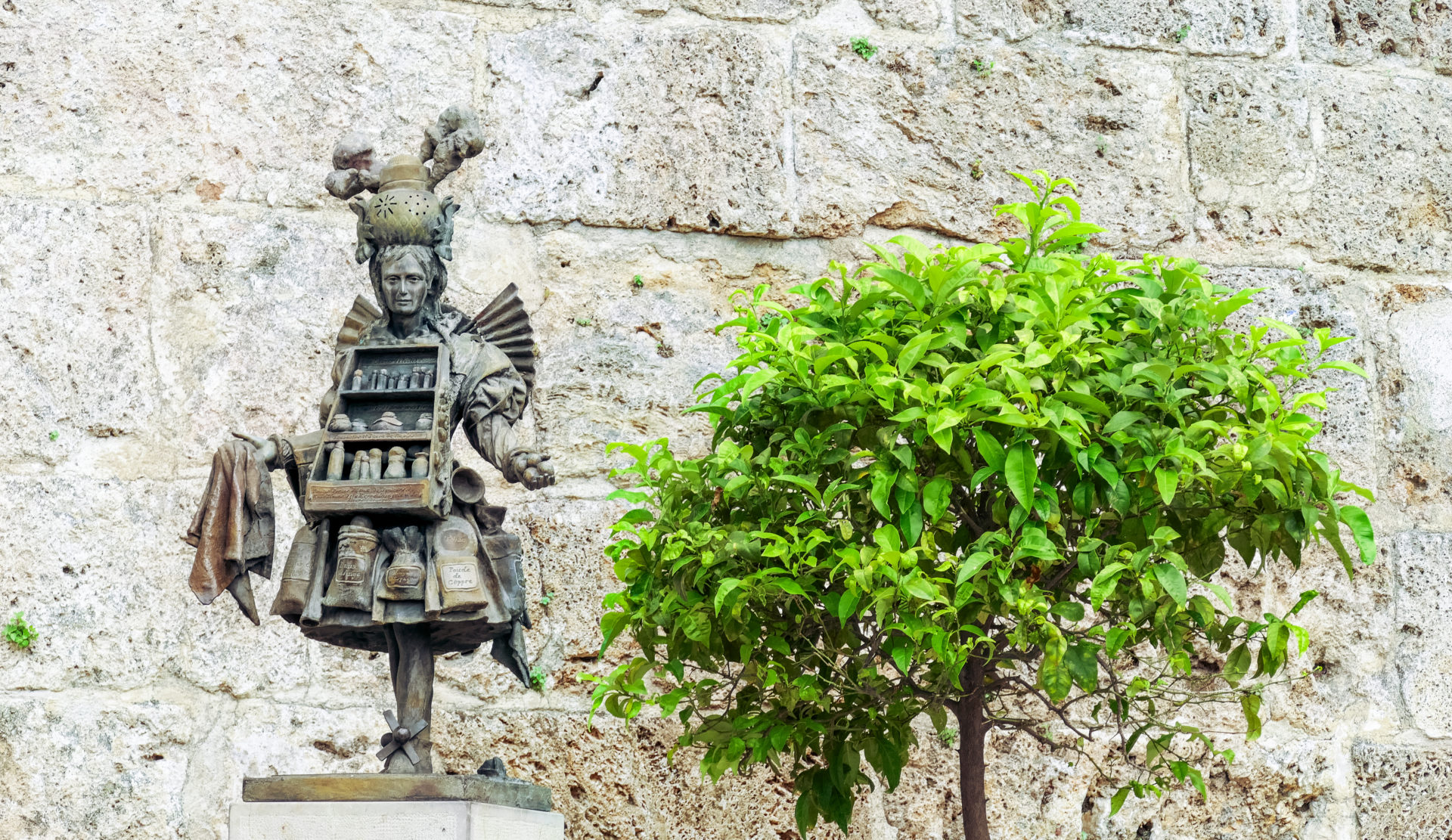Land of perfume


“The glance is often misleading, not the nose”
Philippe Sollers
History
400 years of perfumery

The perfume industry began in Grasse nearly 400 years ago. In the wake of the Italian renaissance, under the influence of Catherine de Medicis and her court, and , France, in the seventeenth century is getting into the perfume business. Grasse, a town of tanners, began to perfume the sheepskin gloves it produced, and soon met with success in all the courts of Europe. The success of Grasse’s companies allowed the town to experience an unprecedented boom. The microclimate that reigns on this balcony overlooking the Mediterranean, particularly favourable to the cultivation of perfume plants, allowed production to gradually expand over several thousand hectares. Rose, Tuberose, Orange Blossom, Violet, Mimosa, Lavender, Myrtle, and the emblematic Jasmine blossomed on these fertile lands where distilleries multiplied. Over time, the techniques for obtaining fragrance essences were perfected and a rich and varied environment was created around the needs of the perfume industry. In 2018, the city obtained an expected declaration from UNESCO, which classified its expertise in perfumery related to perfume as part of the intangible cultural heritage of humanity. An immense recognition for the generations that have worked to build this heritage and the world history of perfumery. The underlying forces of Grasse’s perfume industry has never wavered and is presently experiencing a new vigour with the presence on its fertile soil of major luxury groups such as Chanel, or LVMH; as well as, a university perfume research centre, the dynamism of dozens of perfume companies, and more and more farmers who, under the aegis of the association Les Fleurs d’Exception du pays de Grasse, cultivate the most beautiful floral essences organically.Nowhere else in the world is it possible to find such a concentration of expertise in perfumery.
The perfume industry began in Grasse nearly 400 years ago. In the wake of the Italian renaissance, under the influence of Catherine de Medicis and her court, and , France, in the seventeenth century is getting into the perfume business. Grasse, a town of tanners, began to perfume the sheepskin gloves it produced, and soon met with success in all the courts of Europe. The success of Grasse’s companies allowed the town to experience an unprecedented boom. The microclimate that reigns on this balcony overlooking the Mediterranean, particularly favourable to the cultivation of perfume plants, allowed production to gradually expand over several thousand hectares. Rose, Tuberose, Orange Blossom, Violet, Mimosa, Lavender, Myrtle, and the emblematic Jasmine blossomed on these fertile lands where distilleries multiplied. Over time, the techniques for obtaining fragrance essences were perfected and a rich and varied environment was created around the needs of the perfume industry. In 2018, the city obtained an expected declaration from UNESCO, which classified its expertise in perfumery related to perfume as part of the intangible cultural heritage of humanity. An immense recognition for the generations that have worked to build this heritage and the world history of perfumery. The underlying forces of Grasse’s perfume industry has never wavered and is presently experiencing a new vigour with the presence on its fertile soil of major luxury groups such as Chanel, or LVMH; as well as, a university perfume research centre, the dynamism of dozens of perfume companies, and more and more farmers who, under the aegis of the association Les Fleurs d’Exception du pays de Grasse, cultivate the most beautiful floral essences organically.Nowhere else in the world is it possible to find such a concentration of expertise in perfumery.
Fields of work
Our main
markets
